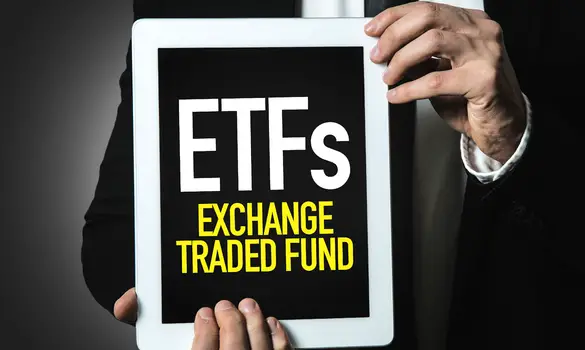
The United States government offers citizens the chance to invest through Treasury ETFs to finance its own projects. These bonds are offered to investors at a discounted rate and payout semiannually. As an investor looking to diversify your portfolio, you need to know about the different types of bonds offered by the U.S. Treasury Department. Upon first look, you may think you need a CPA to help you decide which bond to invest in. Though there are many bonds to choose from, their features are not hard to understand. Read on to learn about great types of U.S. Treasury ETFs for diversifying your portfolio.
Short Term
For investors looking for a safe bet, short term ETFs from the U.S. Treasury are a great choice. Short term ETFs take 1-3 years to mature to face value. Due to their shorter lifetime, these Treasury ETFs almost guarantee that you do not lose money. This makes short term bonds ideal for investing your money safely while looking for more rewarding options. Invest in short term Treasury ETFs to secure and grow your money as you look for more lucrative investments. Out of all of the types of U.S. Treasury ETFs, short term bonds come with the lowest risks. Whether you choose this option or not, take a look at the beginners’ MoneyMarket fund investing guide to grow short term gains. Then, you will gain more knowledge about investing and also learn tips for successfully investing for a shorter term.
Long Term
If you are looking for a higher possible payout, then choose a long term bond as your Treasury ETF. Consider hiring a wealth manager to ensure that you develop a good financial strategy for this type of investment. These bonds expose investors to a lengthier feature of the bond market. Long term Treasury ETFs typically have maturation times of longer than 10 years but can go as high as 30 years. The funds of long term bonds focus on different aspects of governmental debt. Long term bonds come with higher interest in exchange for higher risks. Those risks include inflation or a rapid rise in interest rates, which leads to the price of bonds falling. If you are looking to play the long game with your bond investments, long term Treasury ETFs are a great way to cash in on higher rates.
Intermediate Term
Alternatively, intermediate term Treasury ETFs are a great middle ground between long and short term bonds. Sometimes called medium term bonds, intermediate term ETFs take generally between 3 and 10 years to mature to face value. However, some experts claim that time frame can extend up to 15 years depending on the bond. Whatever the case, it is important that you know the maturity date for your bond in order to collect your return. Intermediate term ETFs come with yields right between long and short term bonds. That makes this ETF perfect for investors looking to earn a decent return without having to wait so long to collect. If you are between deciding on a short term or a long term bond, then perhaps an intermediate bond is the right type of U.S. Treasury ETF for you.
Inverse
If you are an investor looking to bet against the Treasury ETF market, then an inverse bond is the choice for you. Inverse bonds move in opposite directions with regards to the underlying security of the bond market. This opposite movement is seen as a 1-1 correlation with respect to a particular Treasury bond. That means if the Treasury bond matched to your inverse bond drops 10%, you gain 10%. Simply put, with inverse bonds, you hope the bond market sees a decline. The time it takes for inverse bonds to mature varies widely. Some mature in as little as 2 years. Others take up to 10 years. These bonds are great to have if you are seeing a drop in the market. Choose an inverse bond as your U.S. Treasury ETF if you believe the market is coming upon a decline.
Floating Rate
Conversely, if the U.S. Treasury ETF market is on the rise, you will want a floating rate bond. With these bonds, interest payments adjust to reflect interest rates. As the rates of the investing market rise, expect to see higher yields for your floating rate ETF. The drawback to floating rate bonds is that they are unpredictable. Compared to other Treasury ETFs, floating rate bonds are less stable. However, they have the potential of offering a higher yield. Invest in floating rate bonds if you already have secured investments elsewhere. Out of all of the U.S. Treasury ETFs, floating rate bonds come with the least stability but also the chance of a greater yield.
As an investor hoping to diversify their investment portfolio, it is important that you know about Treasury ETFs offered by the U.S. government. Once you gain a decent amount of knowledge on these types of ETFs, you can start to diversify further by investing in robotic ETFs. Short term and long term bonds both have their positives as well as drawbacks depending on how long you wish to wait for a return. If you cannot make a decision between the two, know that you have the option of choosing an intermediate bond as a middle ground. Finally, choose either an inverse bond or a floating rate bond depending on where you see the market going. Use this information as you decide which types of U.S. Treasury ETFs to diversify your portfolio with.
 Business First Family Business, Accounting, Finance, Investing, Marketing And Management
Business First Family Business, Accounting, Finance, Investing, Marketing And Management